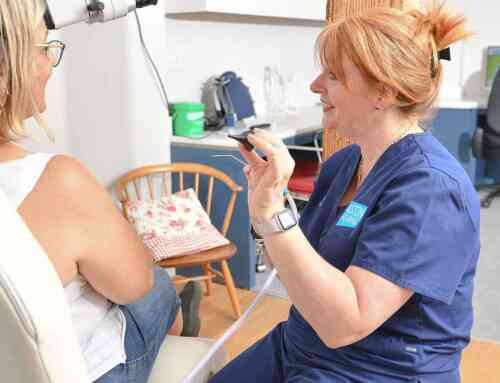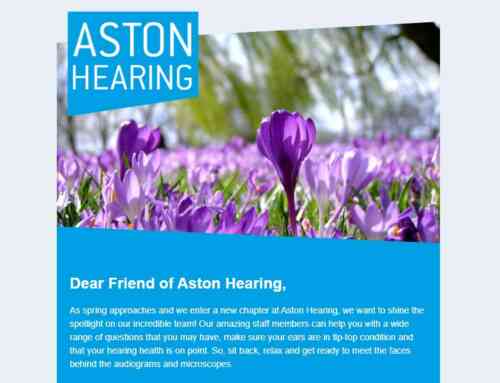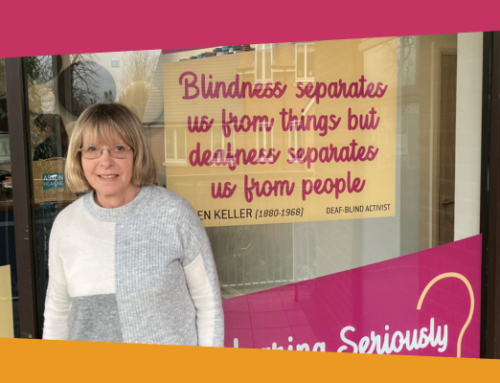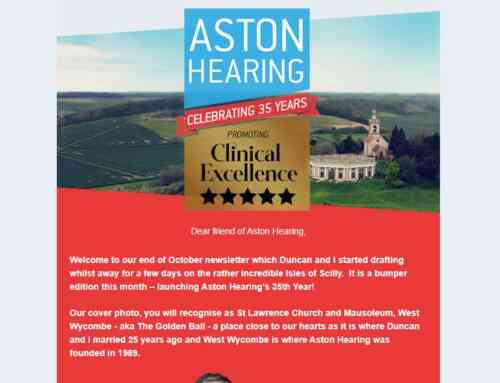Captioning Awareness Week is happening now and it aims to make people aware of the availability of captions and live subtitles and the benefits they offer. Captioning is an invaluable tool for Deaf people and anyone who struggles to follow dialogue on screen. They can help with understanding grammar and language and can be useful for those with learning difficulties as they support the spoken word.
Captioning falls into two categories, open captions or closed captions.
Open captions are on a screen and seen by everyone as they cannot be turned off by the viewer. These are used at cinemas and movie theatres for certain pre-advertised screenings. Many imported TV dramas also have subtitles to translate the dialogue into English for the viewer.
Closed captions are also seen on the screen but can be controlled by the viewer. They can be made available in different language options, as selected by the viewer. These are mostly used for TV programmes, on YouTube and social media channels. Subtitle glasses provided in some theatres also fall into this group as only wearer can see the subtitles.
Stagetext is a British charity that provides captioning and live subtitling services to theatre and other arts venues. Their aim is to improve access to the performing arts for all Deaf, deafened and hard of hearing people. A list of all the shows that have captioned performances can be found on the Stagetext website www.stagetext.org.
As a hearing aid wearer myself I often find the acoustics in theatres makes dialogue difficult to follow. Lip reading is hard as often the seats are too far away so captioning is a great asset. I would recommend looking out for captioned options as some great shows can be made more enjoyable if, like me, you have hearing difficulties.
Nikki Magrath





